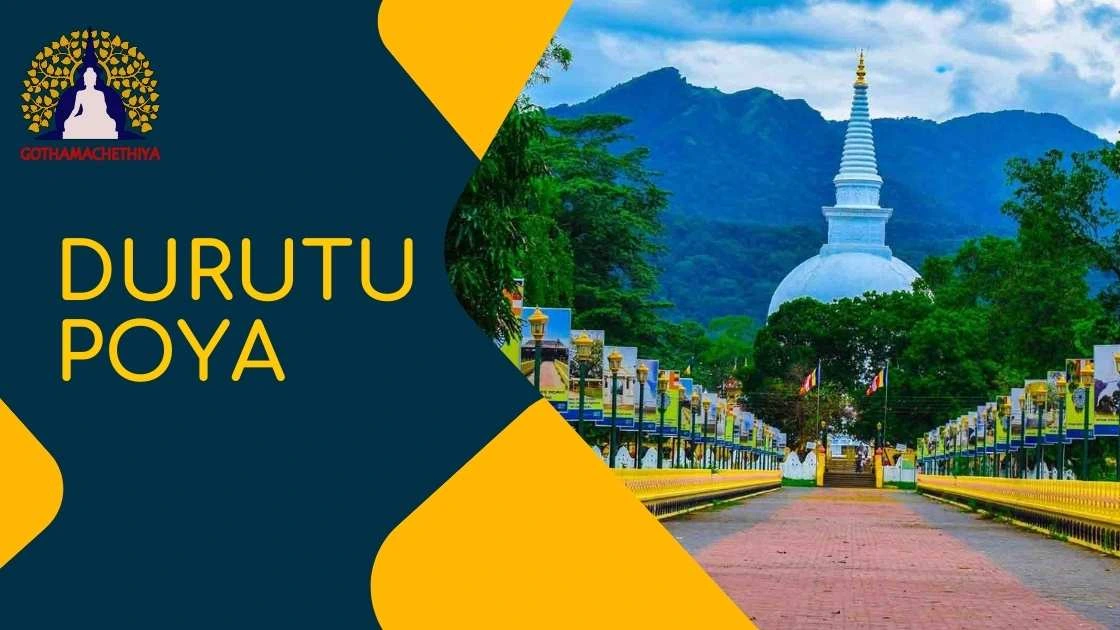Duruthu Poya holds profound religious and historical significance in the Sri Lankan calendar, commemorating Gautama Buddha’s inaugural visit to the island just nine months after attaining Enlightenment.
Mahiyanganaya Visit
Approximately 2,500 years ago, Gautama Buddha made his first visit to Mahiyanganaya in the Uva Province of Sri Lanka. According to ancient Sri Lankan texts, such as the Mahavansa and Dipavansa, this visit aimed to tame the Yakkhas inhibited the island. During his stay, the Buddha delivered sermons to the local Deities that had a transformative impact.
Sacred Footprint on Samanala Mountain
The Buddha’s teachings left a lasting impression, both figuratively and literally. Impressed by the sermons, the local deity Sumana Saman invited the Buddha to leave his sacred footprint on the peak of the Samanala Mountain, which is today known as Sri Pada. Duruthu Poya marks the commencement of the three-month pilgrimage season to Samanala Mountain, where devotees worship the sacred footprint.
Kelaniya Raja Maha Vihara Procession
Duruthu Poya is further celebrated with a grand procession, known as the perahera, at the Kelaniya Raja Maha Vihara, a prominent Buddhist temple located about seven miles from Colombo. Taking place on the pre-full moon poya day, this spectacular event attracts thousands of spectators. The perahera, featuring dancers and animals, unfolds over two hours, showcasing the cultural richness and religious fervor of the occasion.
In years with two full moons in January, the second full moon poya is designated as Adhi Duruthu Poya. This additional celebration may coincide with the perahera, offering an extended opportunity for devotees to participate in religious and cultural observances.

Add a Comment
You must be logged in to post a comment